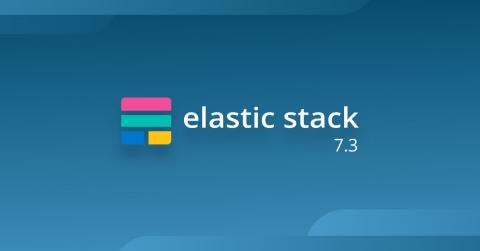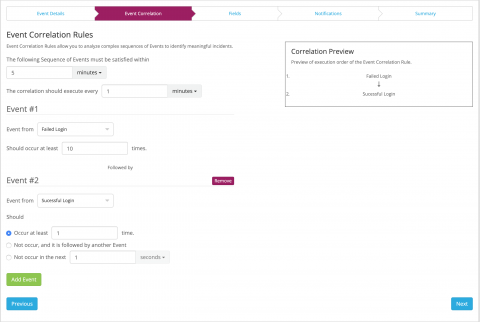Operations | Monitoring | ITSM | DevOps | Cloud
Analytics
What's New in Elastic Stack 7.3
As if the temperature this summer was not high enough, this new major release of the Elastic Stack promises turns it up a notch with some hot new features. Bundling new ETL capabilities in Elasticsearch, a bunch of improvements in Kibana and a lot of new integration goodness in Filebeat and Metricbeat, Elastic Stack 7.3 is worth 5 minutes of your time to stay up to date.
ChaosSearch Data Refinery: transform without reindexing
Traditional databases suffer a problem when ingesting data. They operate on a schema-on-write approach where data indexed must have a predefined schema as you ingest your data into the database. This schema-on-write model means that you need to take time in advance to dive into your data and understand what is there, and then process your data in advance to fit the defined schema.
Comparing Apache Hive vs. Spark
Hive and Spark are two very popular and successful products for processing large-scale data sets. In other words, they do big data analytics. This article focuses on describing the history and various features of both products. A comparison of their capabilities will illustrate the various complex data processing problems these two products can address.
Scaling AI Infrastructure at OpenAI
Building a Real Time Metrics Database at Datadog
Announcing Graylog 3.1 RC 1
Today we are releasing the first Release Candidate of Graylog v3.1. This release brings a whole new alerting and event system that provides more flexible alert conditions and event correlation based on the new search APIs that also power the views. In addition, some extended search capabilities introduced in Graylog Enterprise v3.0 are now available in the open source edition in preparation for unifying the various search features.
Leading Chief Data Scientists Weigh in on Building Time Series Anomaly Detection
In our recent webinar on what it takes to build time series anomaly detection, industry experts Arun Kejariwal, Ira Cohen and Ben Lorica shared valuable advice for ways to successfully implement and execute anomaly detection systems in today’s increasingly complex corporate world.
Glitch List: July 2019
There’s never a dull moment in the world of anomaly detection. These are the glitches that the world’s largest organizations battled in the month of July.











